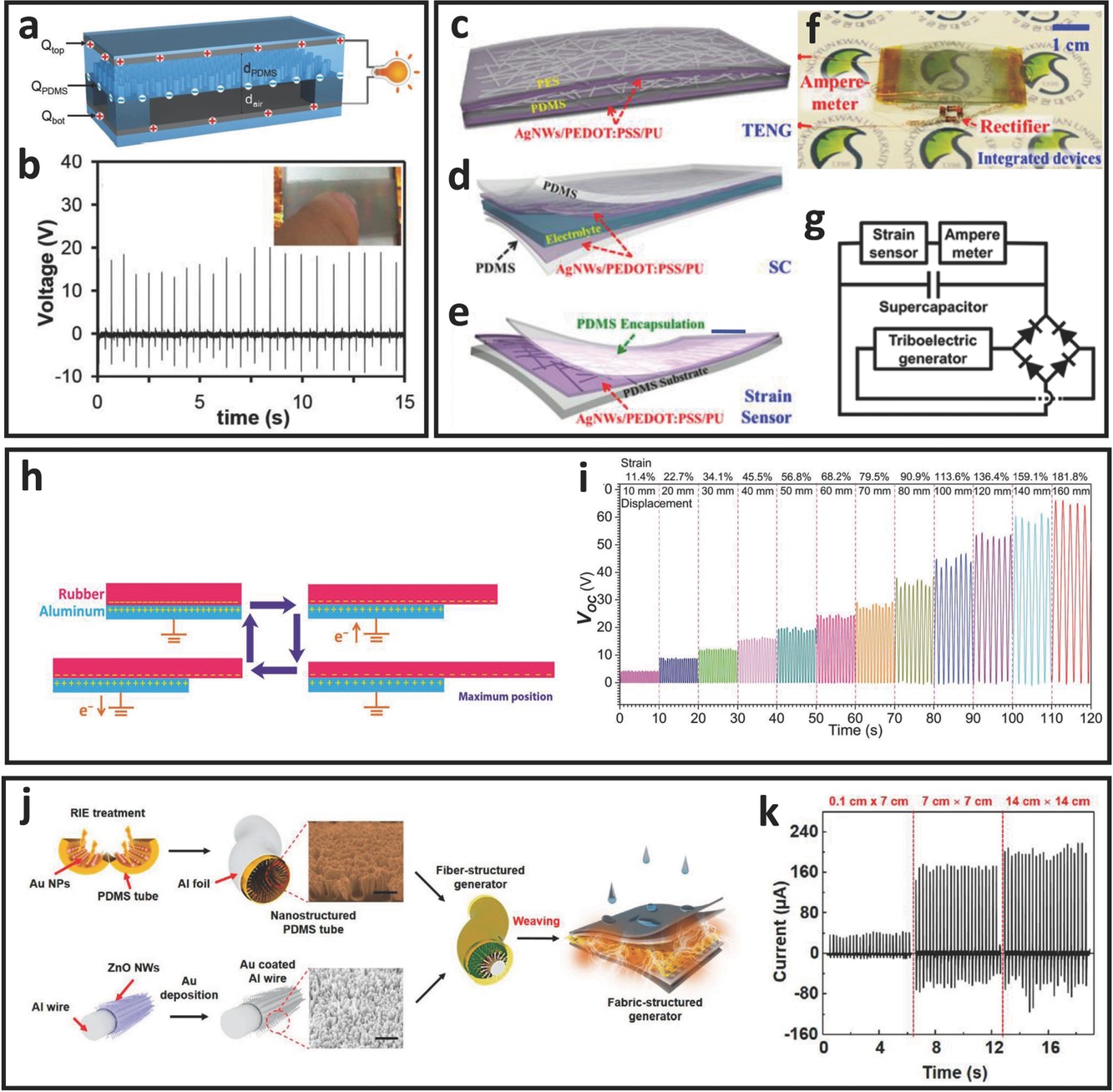


The leading global vendors are Samsung and Apple, with approximately 18% of the global market each. According to recent global studies, they are owned by 72% of adults in the United States, 67% in Canada, 77% in Australia, and the estimated total number of users will reach nearly 2.9 billion in 2020. Their increasing capacities have made them the number one worldwide sale in 2013, as compared to other mobile phones. With comprehensive accessories, readily installable applications connected to the internet, they have in fact become upgraded multifunctional devices that help process, store and disseminate various types of information, regardless of location and time.

Smartphones have become an inherent element of daily life of developed societies in the past decade. Against the backdrop of lack of public availability of smartphones technical parameters, the conducted research results are relevant especially to smartphones positioning service users community. The results indicate that two newest generations of the Galaxy series included in the research, namely S6 and S7, obtained lower accuracies than their predecessors.

The reference values of true smartphones coordinates were determined by means of state-of-the-art precise surveying instruments and geodetic calculations. The authors conducted two synchronous stationary measurement campaigns of 24 and 12 hours with one-second interval in obstacle-free environment which provided 70000+ and 30000+ statistical samples of position measurements. The aim was to verify the thesis using statistical models and analyses to compare succeeding generations of smartphones on six devices from the series. This study focused on Galaxy series smartphones of Samsung, one of the leading manufacturers worldwide, to examine its technological progress. It would seem that introducing newer models to the global market would cause constant progress in the accuracies obtained, however, the study results do not confirm that. Nowadays popular smartphones are multifunctional devices that serve also as a personal navigation tool in navigation and sport activities using the global navigation satellite systems (GNSS) receivers installed. Achieving single meter positioning accuracy by portable mobile devices still poses a major challenge to the satellite signal receivers constructors, despite gradual constellation completing process and the progress achieved in last decades.


 0 kommentar(er)
0 kommentar(er)
